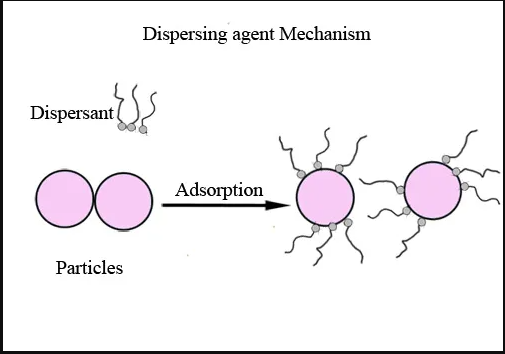Introduction
Natural Rubber Latex (NRL) obtained from the rubber tree Hevea brasiliensis is a colloidal suspension of rubber particles in an aqueous serum. The aqueous medium contains a number of dissolved non rubber substances like amino acids, proteins, carbohydrates, organic acids, inorganic salts etc.
Field latex coagulates 6 to 10 hours after tapping. Anti coagulants are normally added to latex depending on the final product to which field latex is processed into.
For processing into 60% centrifuged latex, ammonia, ZnO, TMTD etc are used as preservatives. The field latex is then centrifuged into 60% concentrate (CL 60). This CL 60 forms the raw material for making prevulcanised latex.
CL 60 has the following basic spec
drc 60%
NH3 0.07% (High Ammonia)
0.03% (Low Ammonia)
There are a number of other properties which will be elaborated in the course of the paper.
Check out Moulded rubber product manufacturers in Kerala
Prevulcanised Latex
Prevulcanised Latex is defined as one in which the rubber particles are chemically cross linked and remains in fluid state so that on drying the latex a vulcanized film is obtained. The possibility of vulcanizing the disperse phase of NRL without any prior coalesce of particles was first investigated by Schidrowitz in 1914 – 1918 period.
His method of prevulcanisation was to heat NRL with sodium poly sulphide, sulphur and zinc oxide in steam at 145oC for 30 to 45 minutes. At the conclusion of the process the latex was cooled, sedimented, sieved and packed. Later, when high speed water soluble accelerators where available the curing condition was altered to 1 hour at 70-80oC preceded by a 1 hour rise to that temperature.
Methods of Prevulcanisation
The three common methods of prevulcanisation are
- Sulphur vulcanization
- Peroxide vulcanization
- High energy radiation vulcanization
Since the economical and most common method of prevulcanisation is the sulphur vulcanization, the discussio9n will be confined to this method.
